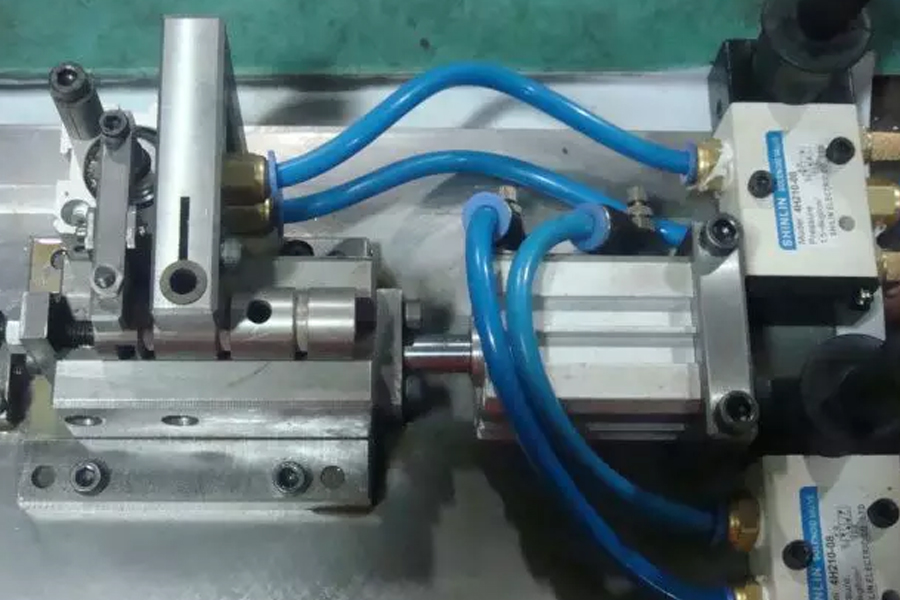Introduction of five-axis machining center
The five-sided machining center integrates the functions of a vertical machining center and a horizontal machining center. The five-sided machining center can complete the processing of all side and top surfaces after clamping the workpiece at a time, except for the installation surface. Universal machining center and compound machining center.
The spindle and table of the five-sided plus center are also in a vertical state, just like the vertical machining center. The five-sided machining center is divided into two types according to the structure. One is that the spindle can be rotated by 90 °, and it can be used for vertical and horizontal machining. The structure is the same as the gantry machining center, except for the spindle; , And the worktable can be rotated by 90 °, and the processing of five surfaces can be completed by clamping the workpiece at one time. Not only has the vertical structure of the vertical machining center spindle and the table structure characteristics, but also the structural characteristics of the horizontal machining center table rotation.
Advantages of the five-axis machining center structure
The five-axis machining center minimizes the number of workpiece installations during workpiece installation, avoids the accuracy error of multiple workpiece installations, and also saves the time of multiple workpiece installations, thereby improving production efficiency and reducing processing costs.
Disadvantages of the five-axis machining center structure
The biggest shortcomings of the five-axis machining center are high manufacturing cost, high price, large machine tool area, and complicated machine tool structure. Therefore, few customers in the industry use this type of machining center, and the most used in many types of machining centers are There are two types of vertical machining centers and horizontal machining centers, followed by gantry machining centers, and five-sided machining centers are rarely used.
